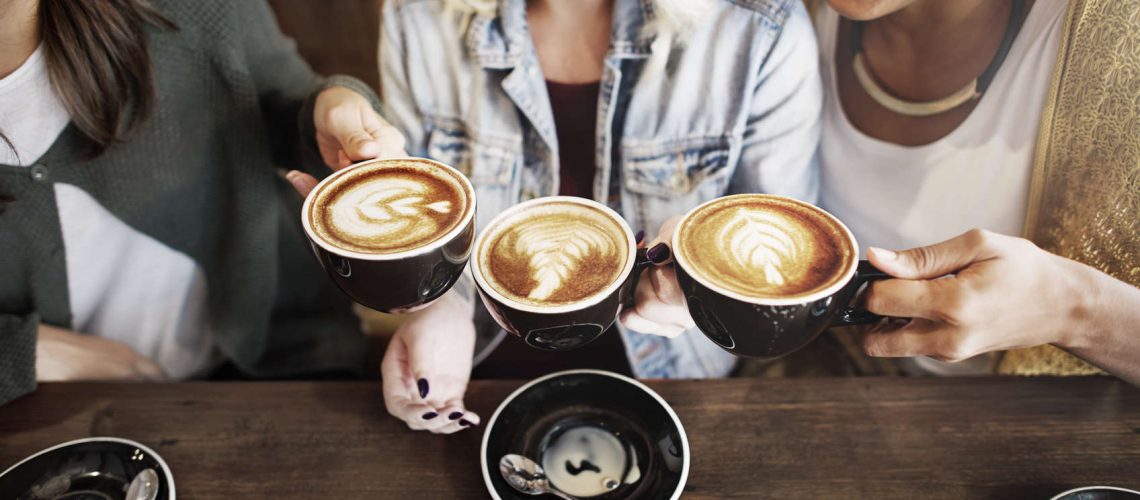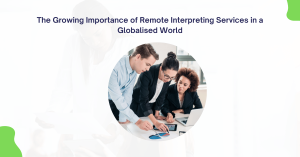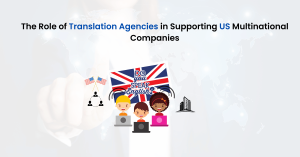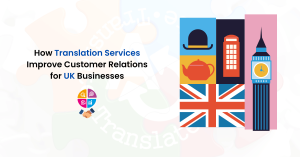Verbal and nonverbal communication. Do we need both?
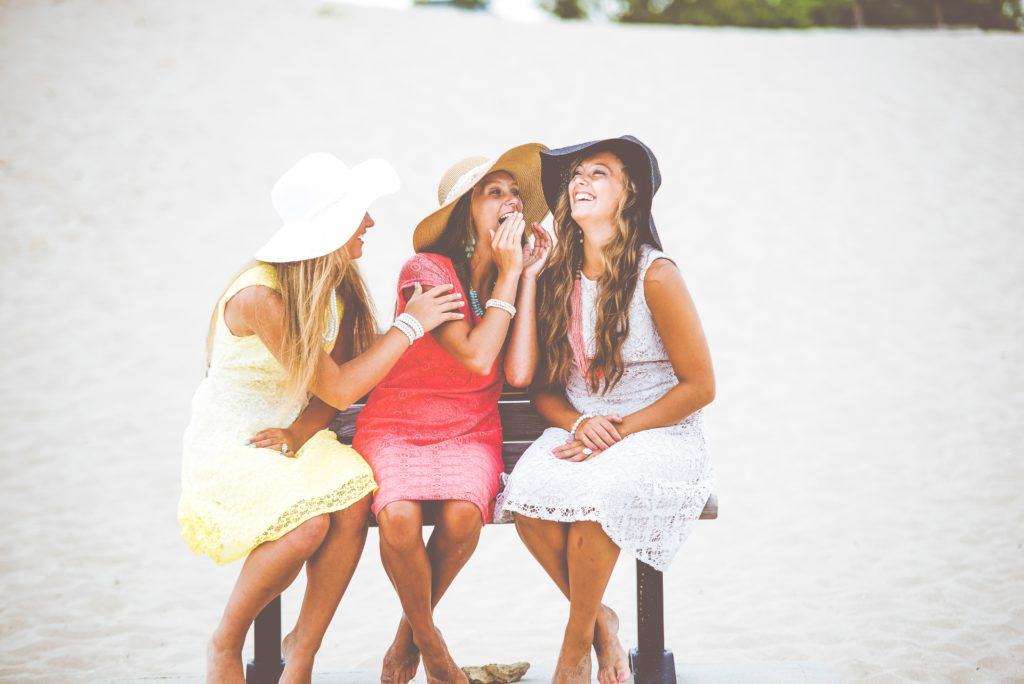
Have you ever come across a saying of an ancient Greek philosopher Aristotle “Man is by nature a social animal”? Don’t take him wrong, he didn’t mean to offend human beings comparing us to animals. Quite on the contrary, Aristotle spotted in human nature something that defines us as a species. And no, it is not an opposable thumb – present of evolution that enabled humankind to do mandatory 40 hours per week – but the ability to communicate by expressing our opinion or disseminating knowledge we possess.
Remember how great it feels to meet an old friend whom you haven’t seen for ages and share with her/him the latest bits of news or gossip (Who had a new job, boyfriend/girlfriend, hairdo)? Or how elated parents can be when a baby just uttered its first words and there is no need to try to figure out what is it that he wants by the tone and loudness of its wailing? Or after months or even years of cramming a foreign language finally go on your lifetime dream holiday and be able to say ‘Two teas for two, please’ without blushing to the roots of your hair… In a word, communication is a great thing, isn’t it? On top of that, it is undoubtedly a crucial quality in modern world, where ‘communicative’ on your cv is a must-have, like an umbrella on a rainy day.
NONVERBAL COMMUNICATION
Nevertheless, sometimes we are blissfully unaware that human communication does not boil down only to verbal communication, though, by all means, its contribution to the evolvement of humanity is enormous. For instance, its written form such as paper or electronic documents so far remains the only efficient way of storing and passing on large volumes of information whether it is a legislation bill, business report or a personal diary.
Yet, a world where people communicate by means of bare words would be a bleak one, entirely stripped of the buzz we create around ourselves without even knowing, such as waving, making faces, smiling or squealing with delight. I am referring to the underestimated nonverbal communication that according to the scientists constitutes 55% of all communication in general! Just imagine, when we are obsessing with grammar, phonetics and vocabulary of our language (extremely important in order to speak properly) this way of communication still conveys less than our facial expression, body language, tone of the voice, etc. A harsh reality… but what one can do?
– The answer is – to adapt! Instead of burying our head in the sand trying to pretend that we are too smart to pay attention to these ‘trifles’, we may actually try to master the basics of nonverbal communication, turning it into an asset. I personally would love to have it in my soft skills luggage. Not heavy to carry around, but 100% useful. What about you?
The nature of smiling

Let’s take for instance a smile – a facial expression just like many others we are free to choose when shouldering our way through everyday life… This is an extremely powerful thing!
Think of the adjectives collocating with this word – beaming, dazzling, radiant! I feel happier just thinking about smiling, let alone seeing it on the face of another person!
A genuine smile lifts the spirits even more than a piece of chocolate since it gives a long-lasting boost to our brain that sends ‘I’M DOING GOOD’ messages to the whole body!
We won’t go into deep biological analysis, instead let us have some faith in modern science claiming that smiling
– relieves stress,
– increases serotonin level (responsible for our mood),
– and even makes people look younger.
So, you see it’s a totally win-win situation! By smiling you are not only reducing the amount of gloomy strained faces on the street. Moreover, you are contributing to your personal well being. Have a look at Anthony Euwer lines dedicated to smiling:
No matter how grouchy you’re feeling,
You’ll find the smile more or less healing.
It grows in a wreath
All around the front teeth—
Thus preserving the face from congealing.
Don’t you think he has a point? I hope it has convinced you to treat yourself to a smile from time to time, just for your own sake…
Yet, what if morning gave way to dinnertime and there is still nothing to have a chuckle about?
Here I would like you to stop for a minute and ponder over one thing – when do we smile?
I will try to guess. Obviously when somebody slipped on a banana peel. Your extremely fashionable colleague appears in the office in a gaudy summer outfit and multi-coloured flip flops on a casual Friday. There is a perfect neighbour of yours, immaculate to the backbone, doesn’t have a hair out of place, in whose presence you want to tidy yourself up… And suddenly you see this specimen of femininity through a window dancing vigorously with wild hair and a sweatshirt to some unidentified noise. Sorry, music…
Maybe you are even lucky enough to come across some other hilarious situations, which made you realize there was such a thing as facial muscles. My point is that in these cases smiling will be an authentic congenital reaction of our body. Smiling for people is as natural as breathing.
Numerous research showed that newborn babies smile to their mothers or caretakers is strengthening the bond between them and communicating the gratefulness of a baby to its parent figure. Moreover, it is proven that even blind children smile, despite of the popular belief that babies simply copy facial expressions of grownups.

Smile as a must-have of social life
Why then if it is so deeply rooted in human nature smiling still remains an outcast of many social situations? Reasons are numerous. As a rule, cultural and historical differences lie behind it. Robert R. Provine, an American neuroscientist and Professor of Psychology turns our attention to the fact that laughing and smiling are able to tell the story of social relations in one or another group or community. For instance, in the past in Europe, China and Japan both these displays were strictly censored among high-ranked people. Modern teeth-exposing, ‘Hollywood-like’ smile were frowned upon and even if flashed on the face of a nobility was swiftly disguised as something inappropriate.
Scientist have even come up with a theory of ‘Display rules’ stating that every person possesses a learnt skill of controlling its facial expression. It mostly depends on a social, cultural or national group the person was brought up in. For example, Polish psychologist P. Szarota in his book ‘Psychology of smiling. Cultural analysis’ highlights that in Eastern cultures (Japanese and Malaysian) a sad face is considered to be a lack of good manners and an expression that threatens to misbalance fragile social harmony. Smile in this case is a remedy as well as a proud response to all the hardships fate may bring.
Chinese saying also backs up this viewpoint:
‘Don’t forget to smile even if you are annoyed’
Or
‘Smile is the medicine to worry, sadness and disappointment. Remember to smile, as it delivers power and pulls people’s heart together’
Don’t you think it is a very wise approach?
In our daily social life smiling is a perfect tool for forming an amiable, comfortable atmosphere in any situation. Of course, I don’t encourage you to smile when tempers flare. But greeting a person with a smile would be nice for a start. Max Eastman, an American writer and poet, once said that ‘Smile is the universal welcome’. Cannot help but agree. It is a way bigger than a mere biological reaction of a human body.
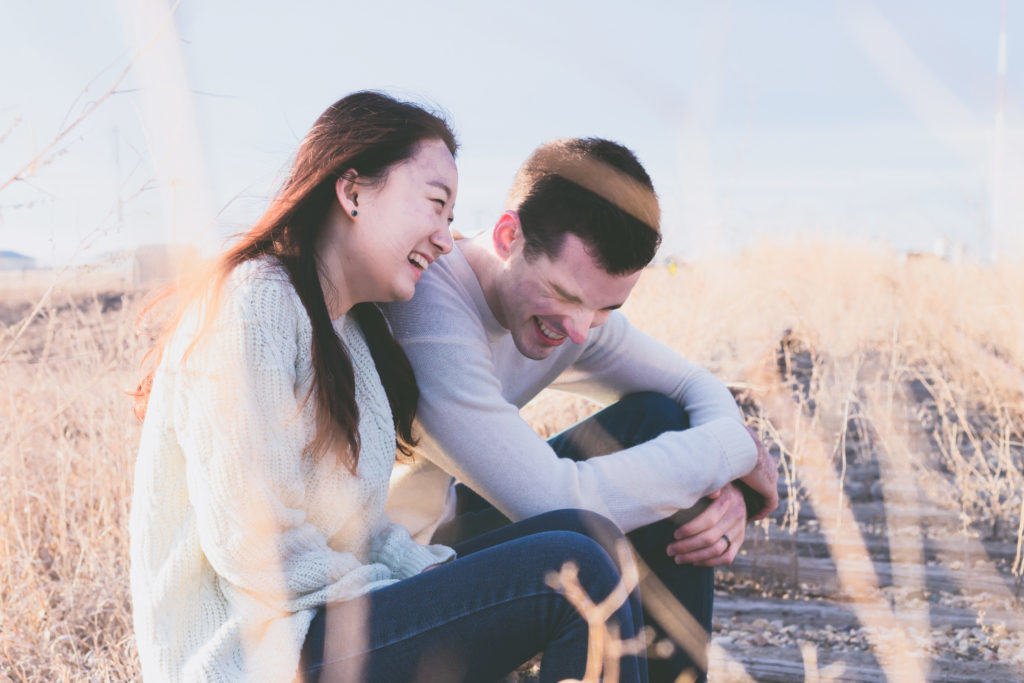
Maybe someone call a polite smile artificial, lacking real sparkle and emotions, but I would not give it a death sentence straight away. Try it out first. Especially when it comes to people speaking not the same language, you do.
Recently I stumbled upon a brilliant saying. George Carlin, an American stand-up comedian, author and critic said:
‘All people smile in the same language’
Age, origin, bank deposit, looks – everything is beside the point. You smile – people smile back. No need for a dictionary. You understand and you are understood. Simple as that. The message a smile conveys is crystal clear. Don’t you think we should all try to adopt this universal truth? I will gladly try to.
Taking into account my current whereabouts, I would have a definition. Smile is like a steaming cup of rich Irish coffee served on a grey chilly day – warming and energising. So, don’t forget to offer it to a passer-by from time to time. As they say, the world always looks brighter from behind a smile.
Galinka Shportko

